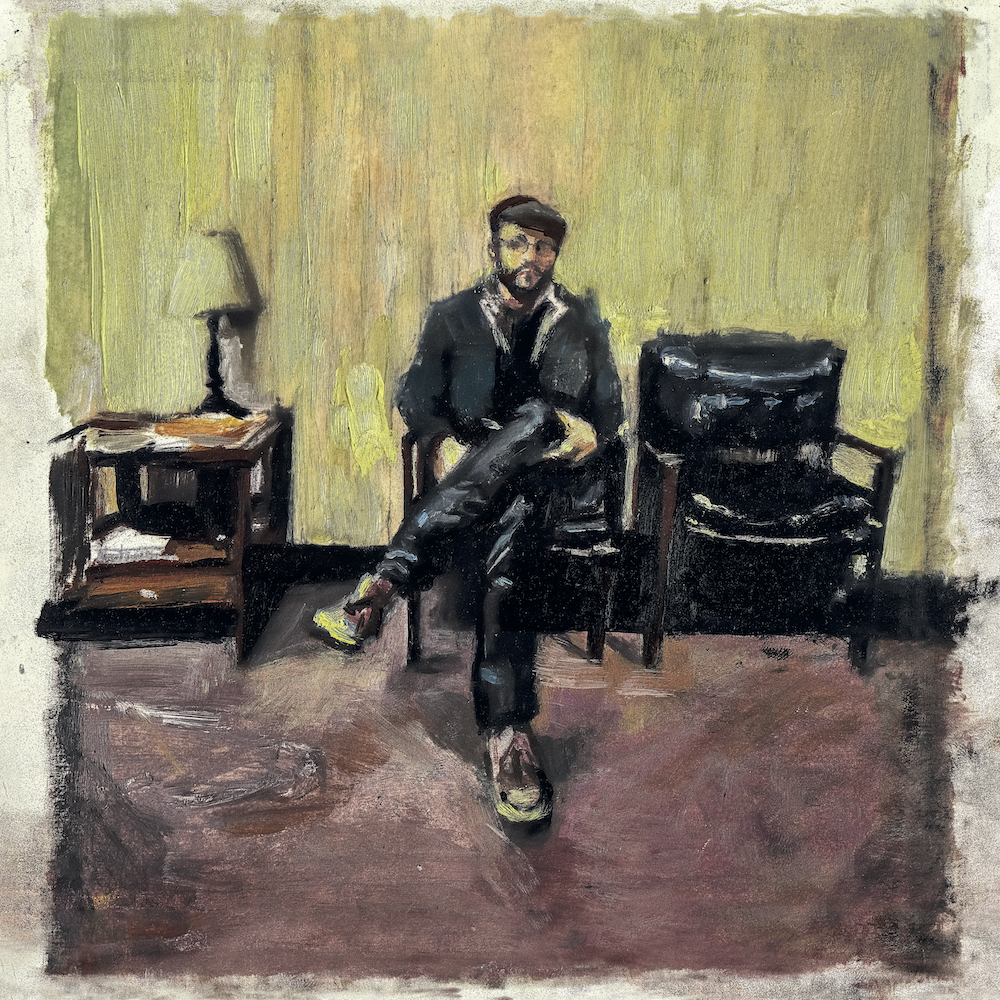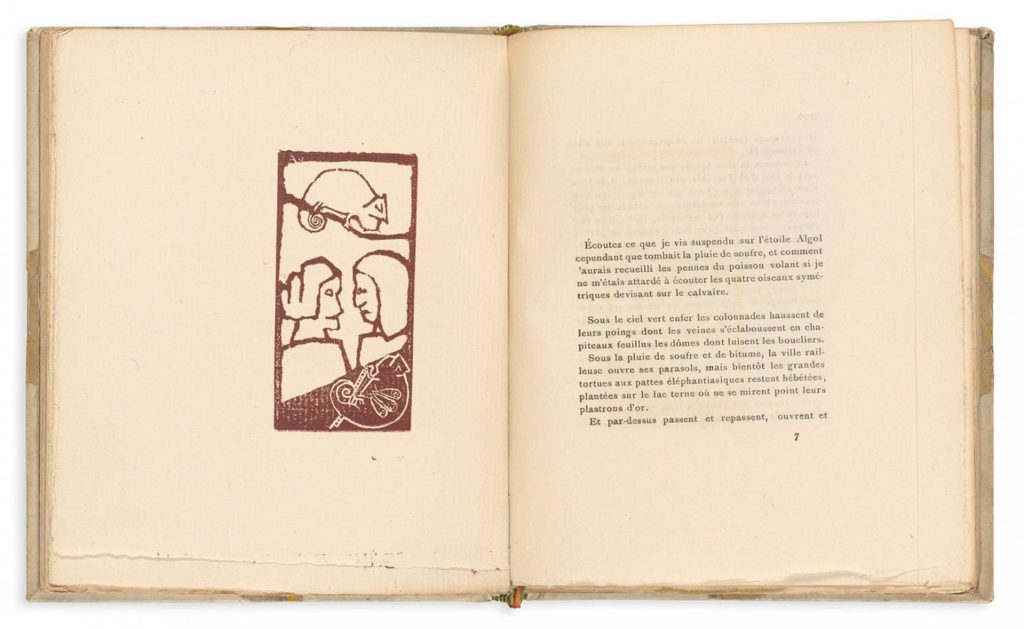
When Art Explains Art
by McKenzie Stubbert
For my album “Waiting Room,” I commissioned the painter Zachary Johnson to create the original cover art. It could have simply been a beautiful piece that, like many album covers, was incredibly vague. Instead, I got a portrait of myself that reflected back to me exactly what I had made: something far more autobiographic. Like a lot of music, my album drew inspiration from many places. But I never expected the album art to reveal to me what I had been trying to uncover.
This album took me seven years to complete. It began as a handful of unrelated pieces I slowly tinkered with, trying to find my so-called “voice.” I struggled to understand what I was making and what connected them to each other. Much of the music originated in film and other visual projects. I have been a full-time freelance composer for about fifteen years. Over the years, certain elements, moments, or, in some cases, entire works jumped out to me as rather personal and something I wanted to use for myself.



